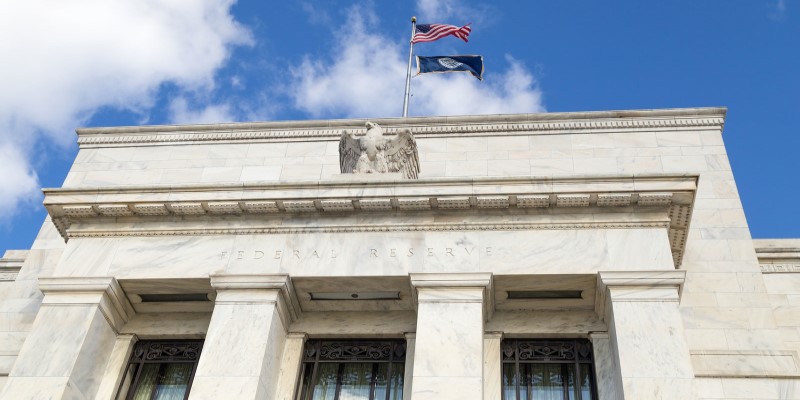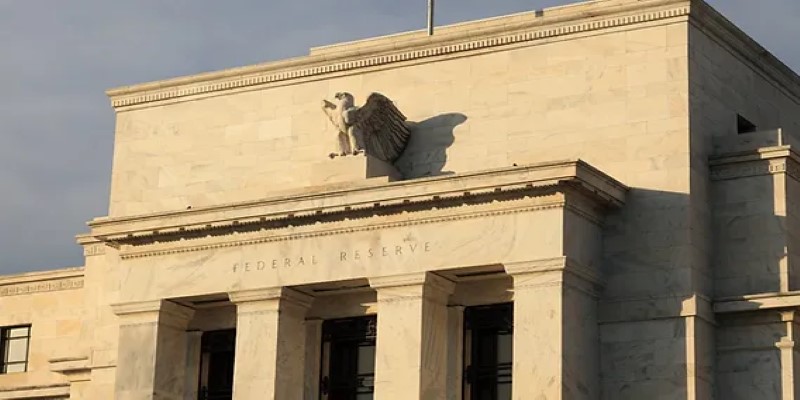How the Municipal Liquidity Facility Keeps Local Governments Afloat
Imagine the city's lights going out during an economic downturn. All public services, such as hospitals, schools, and transportation, rely strictly on revenue. However, with no one from whom to collect revenues, municipalities are caught in a tight spot. How do such critical systems survive at their most challenging times? That lifeline is the MLF. The program is designed to provide temporary financial support to both state and local governments, thus playing a huge role in stabilizing matters during times of economic turbulence. What exactly is the MLF, and how does it work? Let us explore its mechanics, significance, and long-term implications for financial stability.

Understanding the Municipal Liquidity Facility
The Municipal Liquidity Facility, or MLF, was a special program created by the Federal Reserve as it responded to the financial stress brought about by the pandemic. Short-term liquidity to state and local governments, territories, and specific government agencies during unprecedented economic uncertainty was the prime objective of the MLF. In simpler words, the MLF acted as a safety net to ensure that some of the core public services continued uninterrupted during such unprecedented economic uncertainty.
It operated facilities by purchasing municipal notes directly from eligible issuers. Municipalities commonly use these debt instruments called notes to control cash flow. The Federal Reserve served as a buyer of last resort through the MLF, providing some financial buffer to entities that could otherwise feel the crippling blow from budget deficits or credit downgrades.
For example, it eased some pressure off in the stretched municipal bond market by providing capital at favorable terms during the pandemic and reinforced confidence in the broader financial system, demonstrating how targeted government intervention can sometimes stabilize critical sectors in emergencies.
How is the Municipal Liquidity Facility Operated?
The mechanics of the MLF were straightforward yet highly impactful. Eligible issuers, such as U.S. states, counties, and cities, could sell short-term notes directly to the Federal Reserve through the program. These notes had to meet specific requirements, including a maximum maturity of three years. The Federal Reserve determined eligibility based on population size, ensuring that the facility prioritized areas with significant economic impact.
The pricing of the notes was based on the issuer's credit quality. Entities with higher credit ratings benefited from lower interest rates, while those with weaker credit ratings paid higher rates. This tiered pricing structure ensured fairness while encouraging municipalities to pursue other funding options if available.
While the MLF primarily functioned as a safety net, its very existence created a ripple effect. Knowing that the Federal Reserve was ready to step in reassured investors in municipal bond markets, leading to greater market stability. Even municipalities that didn't utilize the facility benefited indirectly from its stabilizing influence.
The Role of the MLF in Financial Stability

The introduction of the MLF had profound implications for financial stability. During times of economic stress, local governments often face sharp declines in revenue due to reduced tax collections and increased spending needs. This creates a funding gap that traditional borrowing may not always address. The MLF filled this gap, ensuring that governments could continue to pay for vital services such as public health programs, infrastructure maintenance, and emergency response efforts.
The facility also played a crucial role in preventing credit downgrades for municipal issuers. Without access to liquidity, many governments might have been forced to make drastic cuts or miss debt payments, triggering downgrades that would further restrict their ability to borrow in the future. By stabilizing these entities, the MLF helped maintain trust in municipal debt markets.
The indirect impact of the MLF extended beyond financial stability into the broader economy. By ensuring that municipalities could maintain critical services, the facility helped preserve jobs for public sector workers such as teachers, healthcare providers, and first responders. This stability not only safeguarded local economies but also reinforced public trust in government institutions during an exceptionally turbulent period. The ripple effects of these interventions likely prevented deeper economic distress in many communities.
Moreover, the MLF's role extended beyond immediate relief. It underscored the importance of having flexible financial tools to respond to crises, setting a precedent for future interventions. While some critics argue that such programs may encourage fiscal irresponsibility, proponents emphasize that the MLF was a necessary response to extraordinary circumstances.
Long-Term Lessons and Implications

The Municipal Liquidity Facility, while temporary, leaves behind valuable lessons for managing economic crises. First, it highlighted the importance of federal support for local governments. In the absence of tools like the MLF, many municipalities might have faced insolvency, leading to widespread disruption of essential services.
Second, the MLF demonstrated the power of proactive intervention. By acting quickly, the Federal Reserve prevented a cascading failure in municipal markets, which could have spilled over into other sectors of the economy. This approach serves as a model for addressing future financial disruptions, showing that targeted support can make a significant difference.
Finally, the MLF prompted discussions about the broader relationship between federal and local governments in managing public finances. Should the Federal Reserve or other federal entities have a more permanent role in supporting municipalities? While the MLF was an emergency measure, its success has sparked debates about how to prepare for similar challenges in the future.
Conclusion
The Municipal Liquidity Facility represents a pivotal moment in the intersection of public finance and crisis management. By providing short-term liquidity to state and local governments during a time of unprecedented economic uncertainty, the MLF safeguarded essential public services and reinforced stability in municipal bond markets. Its success highlights the importance of flexible, responsive financial tools in addressing crises. As we look ahead, the MLF's legacy serves as a reminder of the need for collaboration between federal and local entities to ensure resilience in the face of economic challenges.











